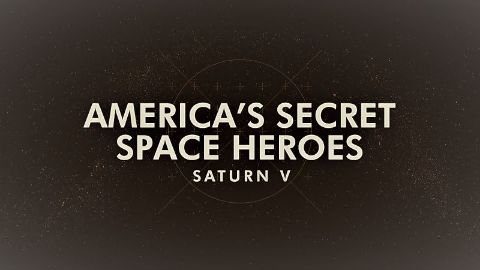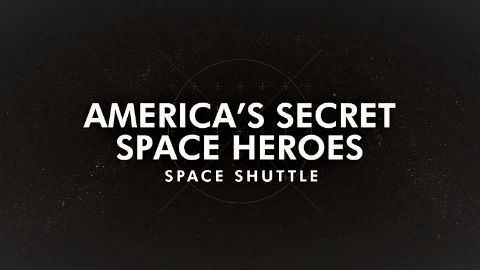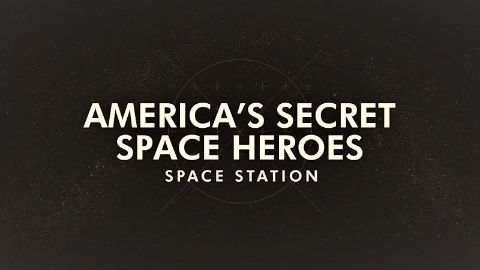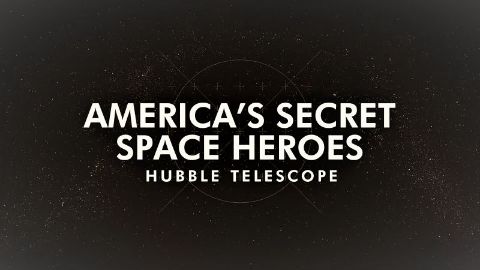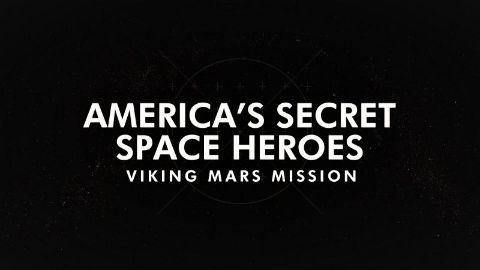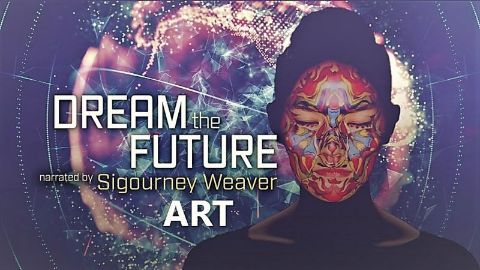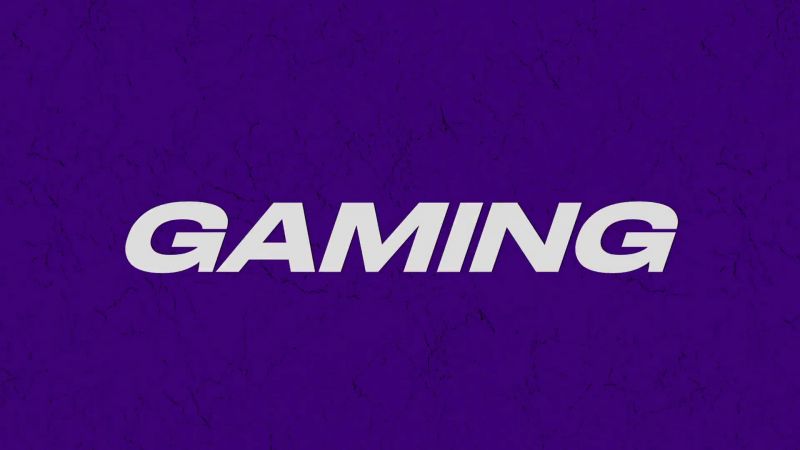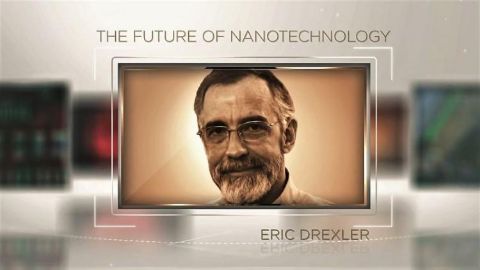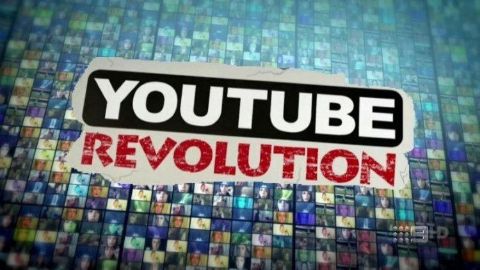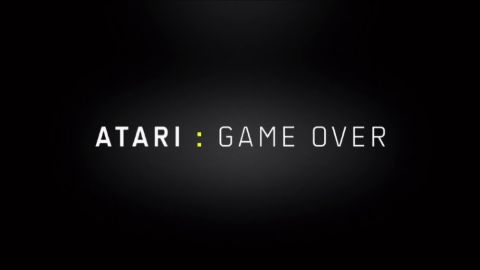Space Shuttle • 2017 • episode "S1E3" • America's Secret Space Heroes
For years, the idea of a reusable spacecraft was the dream of early space pioneers, and in 1981, after almost a decade of engineering toil, the Space Shuttle Columbia finally lifted into orbit, ushering in a new era of space flight. Today, the shuttle's work is complete but its engineering legacy will outlast those who built it. Relive its incredible 30-year history, from its groundbreaking achievements to its heartbreaking failures, as told by the people who designed, built, and flew this magnificent flying machine.
Make a donation
Buy a brother a hot coffee? Or a cold beer?
Hope you're finding these documentaries fascinating and eye-opening. It's just me, working hard behind the scenes to bring you this enriching content.
Running and maintaining a website like this takes time and resources. That's why I'm reaching out to you. If you appreciate what I do and would like to support my efforts, would you consider "buying me a coffee"?
Donation addresses
BTC: bc1q8ldskxh4x9qnddhcrgcun8rtvddeldm2a07r2v
ETH: 0x5CCAAA1afc5c5D814129d99277dDb5A979672116
With your donation through , you can show your appreciation and help me keep this project going. Every contribution, no matter how small, makes a significant impact. It goes directly towards covering server costs.
